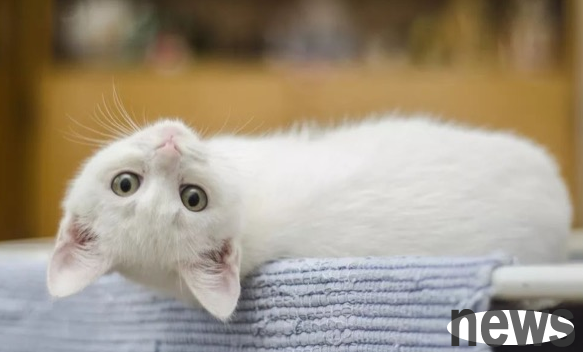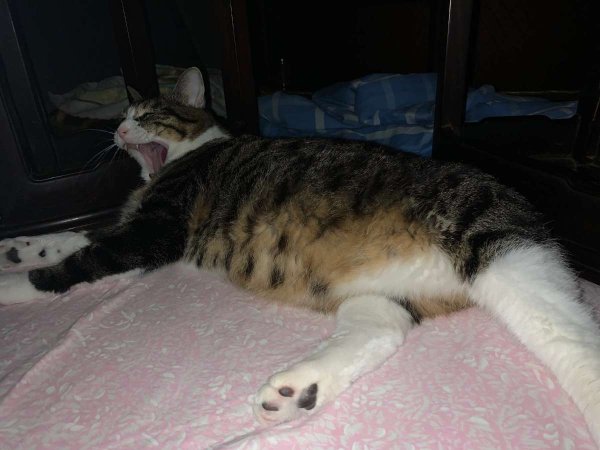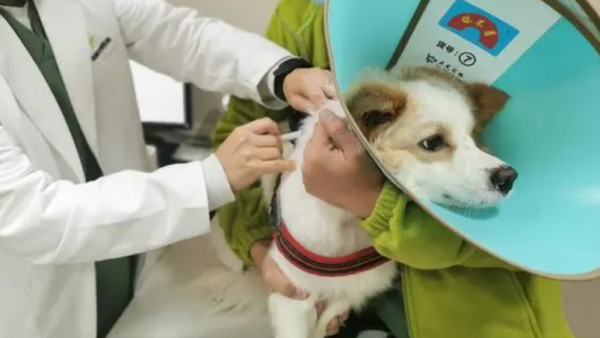What are the causes of epilepsy in cats? How to treat cat epilepsy?
epilepsy is a disease characterized by intermittent recurrence and convulsions. However, it should be noted that not all convulsions are caused by epilepsy.
Reactive convulsions are usually secondary to metabolic diseases (such as hepatic encephalopathy, hypoglycemia, hyperthyroidism, etc.) or toxic diseases (such as organophosphorus poisoning, lead poisoning, etc.). In clinical practice, it is necessary to check with the history of the cat and the comprehensive examination results. In 2014, the International Veterinary Epilepsy Group (IVETF) divided veterinary epilepsy into idiopathic epilepsy (IE) and structural epilepsy (SE). At present, the cause of idiopathic epilepsy is not fully understood, while the cognition of structural epilepsy is relatively mature. Structural epilepsy can be divided into progressive and non-progressive intracranial structural lesions. The former includes tumors and inflammatory, traumatic, vascular, degenerative diseases; the latter includes scars, hydrocephalus and anortic gyrus.
Cute cats are more likely to have congenital abnormalities in brain structure (such as hydrocephalus, brainless gyrus) and brain inflammation; elderly cats are more likely to have brain tumors. Convulsions are caused by abnormal discharge caused by imbalance in excitation and inhibition in neural networks, and are particularly prone to occur when the brain's excitation threshold is lowest, which is also the reason why the incidence of cats is high when they are quiet, sleeping or just awakening. In addition, epilepsy seizures can also be induced by some environmental or their own factors.
Clinical manifestations
Epilepsy seizures are divided into three stages: pre-seizure, seizure and late seizure.
(1) Pre-occurrence period
The period before the cat begins to twitch, which may last for several seconds to several hours.
The cats with pre-attack will show abnormal mental and behaviors, such as hiding, focusing on searching, anxiety, nausea, provoking and fighting, eating or sleeping habits, etc.
(2) The manifestation of the
episode is a true "twitch". The changes in the cat at this stage involve movement, sensation, consciousness, behavior, and autonomic nerves. Clinically, epilepsy is divided into three categories: simple focal seizures, complex focal seizures and comprehensive seizures.
Simple focal seizures are characterized by focal convulsion activity. The consciousness state of the cat in this type of seizure may not necessarily change; complex focal seizures are relatively common types of cat epilepsy. They are characterized by multiple simple focal convulsions during seizures, accompanied by changes in the consciousness state (such as consciousness disorders, blind movements, abnormal facial movements and a lot of salivation).
Comprehensive attacks are characterized by extensive limb convulsions. Symmetry, bilateral and comprehensive convulsions are usually seen. A single comprehensive attack can last for 30-90 seconds, and focal attacks may also develop into comprehensive attacks.
(3) The period after the end of the seizure of the cat usually lasts for several minutes to several hours (sometimes as long as several days). Common manifestations include drowsiness, lack of sense of direction, hiding, blindness, ataxia, etc. Abnormal manifestations at the end of the seizure are very specific and can be used to distinguish between epilepsy and other causes of convulsions.

Treatment methods
Commonly used anti-epileptic drugs include phenobarbital, levetiracetam, diazepam (valeric), etc. When choosing suitable anti-epileptic drugs, you should consider the symptoms and physical condition of the cat. Since the delay in the application of anti-epileptic drugs may lead to the prolongation of the epileptic seizure control cycle or the uncontrollable seizure, once a cat starts taking medication, you must follow the doctor's instructions for strict timing and dosage, and do not forget to give the medication.
Adult cats with idiopathic epilepsy usually survive longer than structural epilepsy, while cats under 12 months of age are the opposite. Of course, the statistical data are of little significance to individuals. The length of survival time and degree of convulsion control of cats with epilepsy depends on the type of underlying cause, the persistence of treatment, and the cat's response to treatment. Delayed treatment and irregular administration methods may increase the severity and uncontrollability of the seizure.




